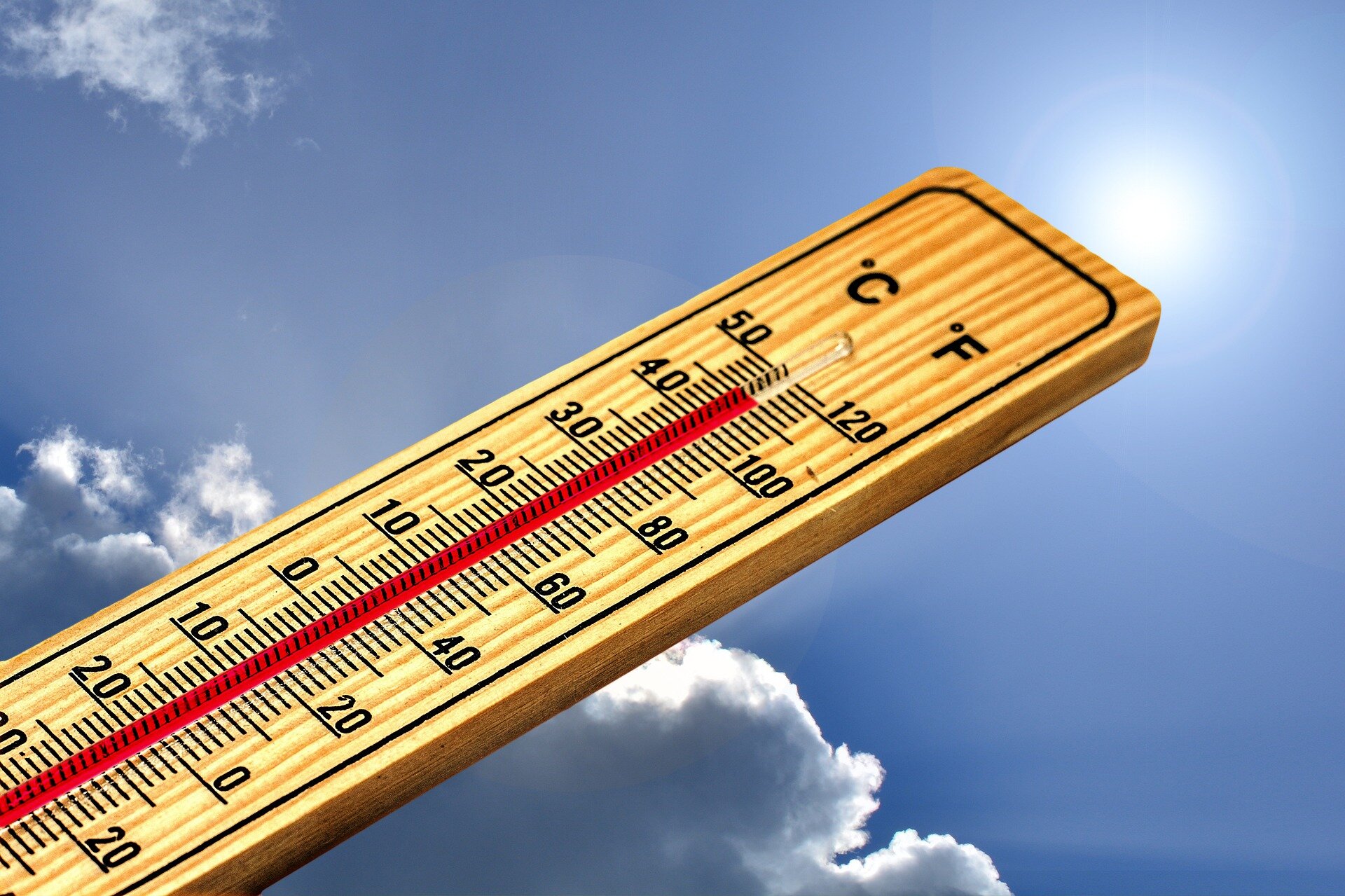Recently, while planning summer activities, I came across an announcement for a classical music event in Santa Fe. As the event appeared to require proof of vaccination, I moved on and did not bookmark that page. In preparation for an upcoming visit to the Harwood Museum in Taos, I checked out the location’s website, which states that proof of vaccination is required for events in the Arthur Bell Auditorium at other ticketed events where noted.
In New Mexico, the COVID-19 public health orders ended on March 31. The federal public health emergency ended on May 11. I wrote a tweet expressing my surprise at the prolongation of vaccination and/or mask requirements and asked the question, “At what point are people going to call it a day?” (See below for three additional examples I found while I was preparing this piece).
My tweet garnered supportive responses, as well as some negative ones. If you’re going to step into the arena, you need to be prepared to take a few punches. Some commenters accused me of not caring about the health of others. This was exasperating–even somewhat depressing–to me.
There was a bit of irony to the comments about my disregard for other people’s health. In addition to the fact that I work in the mental health field, I write more frequently about health than about any other topic. My goal is to share information with those who are looking for alternatives to the mainstream medical paradigm.
In January of 2022, I wrote about my thoughts about the COVID-19 response. I was frustrated because the public health measures had focused on defeating germs and not on supporting people’s health from the ground up.
At times, persuading people to consider alternative approaches to health feels like an uphill struggle. Years ago, I told a friend, “If I have helped even one person, I will be satisfied.”
The truth is that I have helped more than one. In thinking about the reactions to my tweet, I recalled a few examples:
A GAPS Christmas story
In 2009, I was living and working in Toronto. I traveled frequently for work. On a flight, I met an HR manager from a large airline. She told me about an employee whose 10-year-old son had Crohn’s disease. The child required medication. “There are other options,” I thought. I went on to tell her about the GAPS diet and referred her to Dr. Tom Cowan, an alternative medicine doctor in private practice in San Francisco at that time. Dr. Cowan had helped a close family member of mine with Crohn’s disease. The HR manager thanked me for the information, and I soon forgot about the conversation.
Just before Christmas, I received an email from her. She wrote, “I am not sure if you remember me, but we met on a flight from Vancouver to Toronto back in October. We spoke about Crohn’s disease. I just wanted to let you know I recently spoke with the father whose son has Crohn’s disease. He just told me they are adjusting his [son’s] diet and it seems they are on the right track and he is doing REALLY REALLY well. They actually have taken him off the meds, which is a wonderful thing and the father is ecstatic. I just wanted to say thank you so much for all of the information and most of all your kindness.”
Better with butter
Last year, I wrote an article about children’s nutrition and school performance. In that piece, I discussed the importance of animal fats, including butter, in the diet of children. A friend who is an educator and mother of two read my article. Her family had been cooking primarily with olive oil. My friend reported to me that, after she introduced quality butter into the family diet, her younger son, known for his sweet tooth, no longer craved sugary desserts and treats.
Embracing terrain theory
A few weeks ago, one of my Twitter followers wrote, “I haven’t had to use antibiotics since August. I first heard about [terrain theory] from Katharine, and after discussing it with a friend, I realized that my family has always practiced it.”
Good thing, bad thing
When something happens to us, we are quick to label that experience as “positive” or “negative.” I am reminded of the old Sufi tale, Good Thing, Bad Thing, Who Knows, which I first heard from executive coach Dr. Srikomar Rao. If we do not immediately label an event as “bad,” time may allow us to see a broader picture. A few people’s harsh responses to my tweet prompted me to consider how I have positively impacted the health of others. From an online kerfuffle, this blog post, my first in nearly a year, was born.
I take heart from remembering these stories and wish all readers good health and a positive outlook.
Disclaimer. All information in this article is solely the opinion of the author and for educational purposes only. No information in this article is intended as diagnosis, treatment, prescription, or cure for any health condition.
As of date of publication, the following events were requiring proof of vaccination and/or masks:
Santa Fe International Literary Festival - May 19 - 21, 2023
Global Santa Fe activities (May 31, 2023)
Bonnie Raitt concert - September 17, 2023
© 2016-2023 Katharine Spehar. All rights reserved.
Image credit: Pixabay.com














